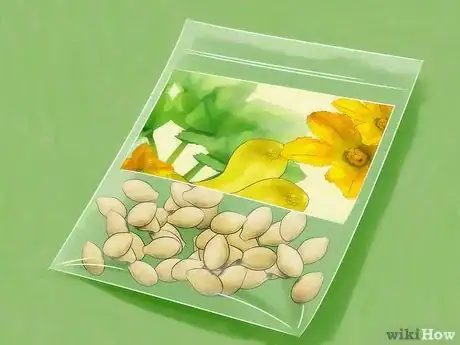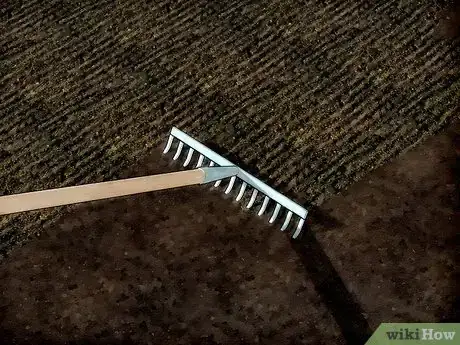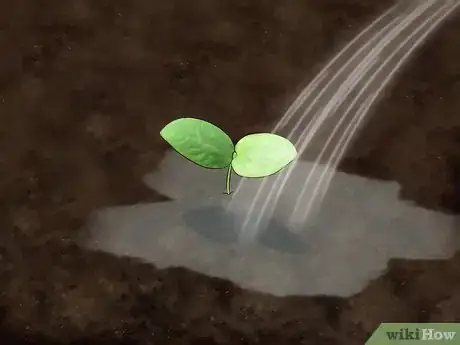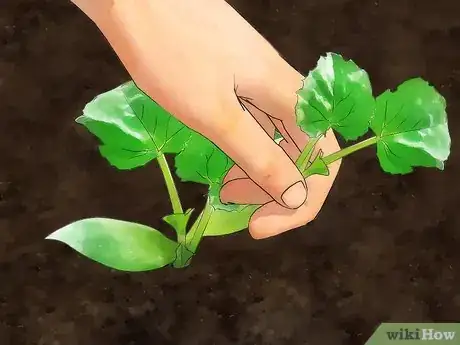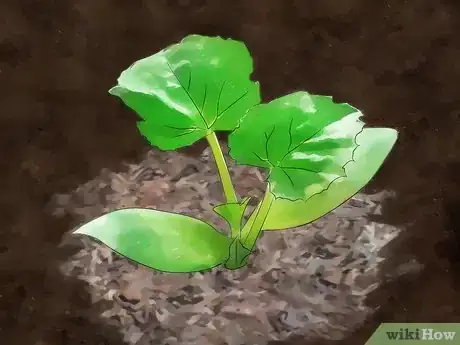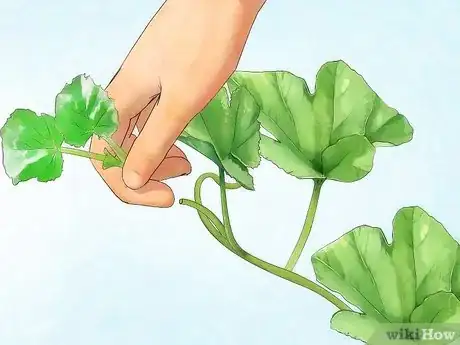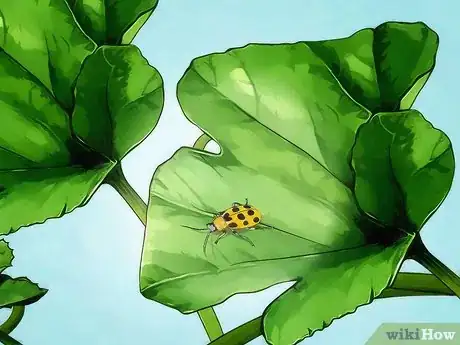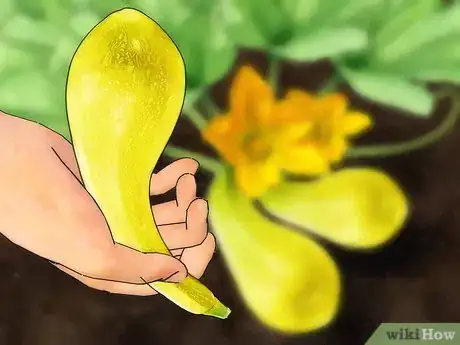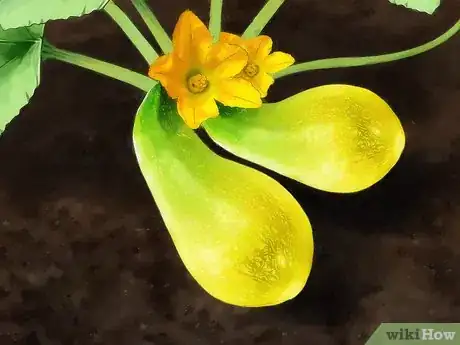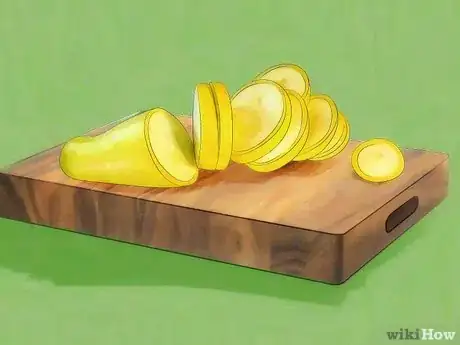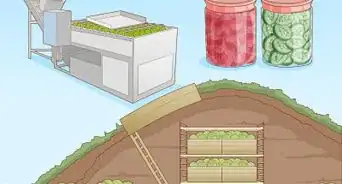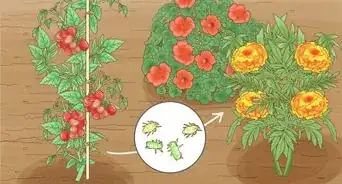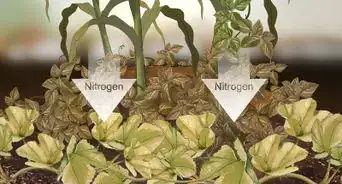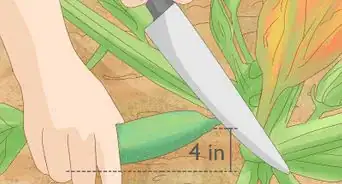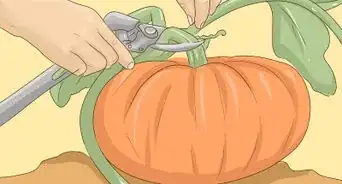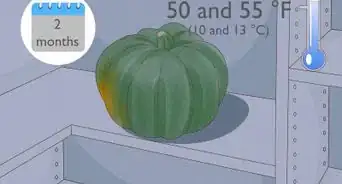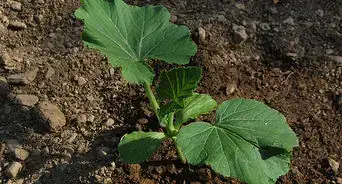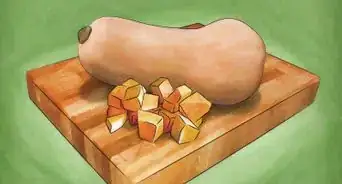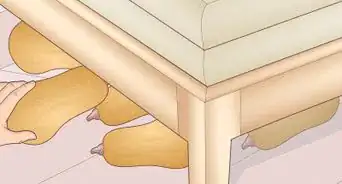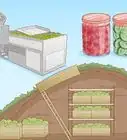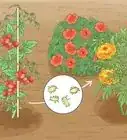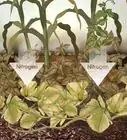This article was co-authored by Andrew Carberry, MPH. Andrew Carberry is a Food Systems Expert and the Senior Program Associate at the Wallace Centere at Winrock International in Little Rock, Arkansas. He has worked in food systems since 2008 and has experience working on farm-to-school projects, food safety programs, and working with local and state coalitions in Arkansas. He is a graduate of the College of William and Mary and holds a Masters degree in public health and nutrition from the University of Tennessee.
wikiHow marks an article as reader-approved once it receives enough positive feedback. In this case, 89% of readers who voted found the article helpful, earning it our reader-approved status.
This article has been viewed 89,589 times.
Yellow squash is a summer variety that produces bright-yellow, flavorful fruit all season long. It grows so quickly that you'll find yourself checking your garden every day for fresh, ripe squash. Yellow squash requires full sun and daily watering to thrive and will ripen 50 to 70 days after planting.
Steps
Planting Yellow Squash
-
1Buy a packet of yellow squash seeds. Yellow squash is a common garden vegetable, so you'll be able to find seeds at any store that sells seeds and garden supplies. Since one yellow squash plant produces enough squash to last a small family all summer, there's no need to buy more than one packet of seeds.[1]
- Yellow squash comes in two varieties: bush and vining. The bush varieties take up less space, while vining varieties spread out over the garden bed. Choose the one that best suits your needs.[2]
- If you don't want to buy seeds, you can wait until the weather has warmed and your local garden store has yellow squash seedlings available. These have already germinated and sprouted, and are ready to be planted directly in the garden.
-
2Select a planting site. Yellow squash, like most vegetables, needs a spot with full, direct sunlight. Pick a place in your yard with good drainage, too. When squash plants become waterlogged, they tend to rot and die before the season is over.
- You can plant squash in rows or on hills, with three to five seeds per hill.
- If you're planting a vining variety, make sure the planting spot is large enough to accommodate a plant that will spread out over six feet or so in all directions.
- To check whether a planting site has good drainage, dig a hole and fill it with water. If it drains quickly, the spot will work well. If the water stands in a puddle, look for a place with better drainage or mix in extra compost to amend the soil.
- Make sure you have good soil for growing squash. If you have grown vegetables in that location in the past, all you need to do is add a little compost. Otherwise, conduct a soil test.
Advertisement -
3Till the soil and mix in a layer of compost. This will ensure the squash grows up healthy and strong. Use a tiller or a garden rake to break up the soil to a depth of about 12 inches (30 cm). Loosening the soil will help the roots take hold. Add four inches of compost and mix it in with the tilled soil.
-
4Sow the seeds after the last frost of the season. Plant the seeds 1 inch (2.5 cm) deep, spacing them out 12 inches (30.5 cm) apart. Squash need a lot of room to grow, so be sure not to space them too close together.
- If you are planting seedlings, plant them 18 inches (45.7 cm) apart to give them plenty of room to grow.
- Make sure you wait until after all chance of the last frost has passed, or your squash seeds may have trouble germinating.
Caring for Yellow Squash
-
1Keep the squash bed moist. Squash needs about one inch of water per week, spread out among the days. Every morning, water the squash plant thoroughly before the sun gets too strong. Water near the roots for a minute or so to give the plant a good soaking.[3]
- On days when it rains or when the soil feels moist in the morning, skip your daily watering. You don't want the plants to become waterlogged.
- Avoid watering later in the day or at night, since the water won't get the chance to evaporate in the sun. Water left on the plant can lead to mold growth.
-
2Thin the seedlings if necessary. When the seeds sprout, thin them out so that the squash plants are at least 18 inches (45.7 cm) apart. For the rest of the growing season, they will get larger and larger, so it's wise to spread them out.
- If you plant on a hill, thin to the strongest two or three plants per hill.
-
3Mulch the seedlings when the first leaves appear. This helps to retain moisture and keeps weeds from growing up around the plants. Use a thin layer of any type of organic mulch around the base of the plants.
- Before mulching, use a hoe to break up any newly sprouted weeds.
-
4Pinch off the growing tips mid-season. When the vines have grown to be about five feet long, pinch off the tips to encourage the plants to begin producing squash instead of putting their energy into growing longer vines. Check the ends of the vines and pinch off the section that juts out from the last pair of leaves.
-
5Watch out for cucumber beetles and squash vine borers. These common pests can wreak havoc on your squash plants if you don't stop them before they get out of control. Pick off insects and drop them into a pail of soapy water to prevent them from taking over your plants.
- Squash vine borers are 1/2-inch long gray insects. Cucumber beetles are 1 inch (2.5 cm) long with black heads and yellow or green wings. They feed on the plant and cause the leaves to wilt and turn black.
- If you have a large bed of squash, you might want to consider installing row protectors to keep damaging insects away from your plants. Install when the plants are young and remove them once they begin to bloom to allow for pollination.
Harvesting and Storing
-
1Harvest the squash when it's 6 to 8 inches (15.2 to 20.3 cm) long. Yellow squash can grow larger, but it has the best flavor while it's still relatively small. Harvest the squash by using a paring knife to cut it off against the stem, leaving a small bit of the stem intact.
-
2Check the plant every day for mature squash. Once your plant becomes active, you may have a few new squash ready to harvest every single day. Harvest the squash right away so the plant can divert energy into growing new squash.
-
3Use and store the squash. Yellow squash doesn't keep very long, so it's best to use them within a few days of harvesting them. They're delicious sauteed plain or used in lasagna or soup. If you want to store your squash, place them in an open plastic bag and store in the refrigerator for up to a week.
Expert Q&A
Did you know you can get expert answers for this article?
Unlock expert answers by supporting wikiHow
-
QuestionWhy do my plants bloom but do not put on squash?
 Andrew Carberry, MPHAndrew Carberry is a Food Systems Expert and the Senior Program Associate at the Wallace Centere at Winrock International in Little Rock, Arkansas. He has worked in food systems since 2008 and has experience working on farm-to-school projects, food safety programs, and working with local and state coalitions in Arkansas. He is a graduate of the College of William and Mary and holds a Masters degree in public health and nutrition from the University of Tennessee.
Andrew Carberry, MPHAndrew Carberry is a Food Systems Expert and the Senior Program Associate at the Wallace Centere at Winrock International in Little Rock, Arkansas. He has worked in food systems since 2008 and has experience working on farm-to-school projects, food safety programs, and working with local and state coalitions in Arkansas. He is a graduate of the College of William and Mary and holds a Masters degree in public health and nutrition from the University of Tennessee.
Food Systems Expert
-
QuestionCan they be grown on a trellis?
 Andrew Carberry, MPHAndrew Carberry is a Food Systems Expert and the Senior Program Associate at the Wallace Centere at Winrock International in Little Rock, Arkansas. He has worked in food systems since 2008 and has experience working on farm-to-school projects, food safety programs, and working with local and state coalitions in Arkansas. He is a graduate of the College of William and Mary and holds a Masters degree in public health and nutrition from the University of Tennessee.
Andrew Carberry, MPHAndrew Carberry is a Food Systems Expert and the Senior Program Associate at the Wallace Centere at Winrock International in Little Rock, Arkansas. He has worked in food systems since 2008 and has experience working on farm-to-school projects, food safety programs, and working with local and state coalitions in Arkansas. He is a graduate of the College of William and Mary and holds a Masters degree in public health and nutrition from the University of Tennessee.
Food Systems Expert
-
QuestionHow do I kill squash bugs?
 Community AnswerUse diatomaceous earth -- it is a great way to get rid of various bugs. Just sprinkle it around the base of the plant.
Community AnswerUse diatomaceous earth -- it is a great way to get rid of various bugs. Just sprinkle it around the base of the plant.
Warnings
- After a while, your plant will have spines. Please take caution of these. Also, the squash itself will have spines, so wear gardening gloves during harvest.⧼thumbs_response⧽
References
About This Article
To grow yellow squash, start by choosing a site with well-draining soil that gets plenty of direct sunlight. Then, till the soil, mix in a layer of compost, and plant the seedlings 1 inch deep and 18 inches apart. Next, water the squash beds every morning and thin the seedlings as they sprout to ensure the plants continue to stay 18 inches apart. Once the first leaves appear, spread a thin layer of mulch around the base of the plant, and pinch off the growing tips when the vines are about 5 feet long to encourage them to begin producing squash. For more advice from out Gardening reviewer, including how to harvest and store your squash, keep reading.
